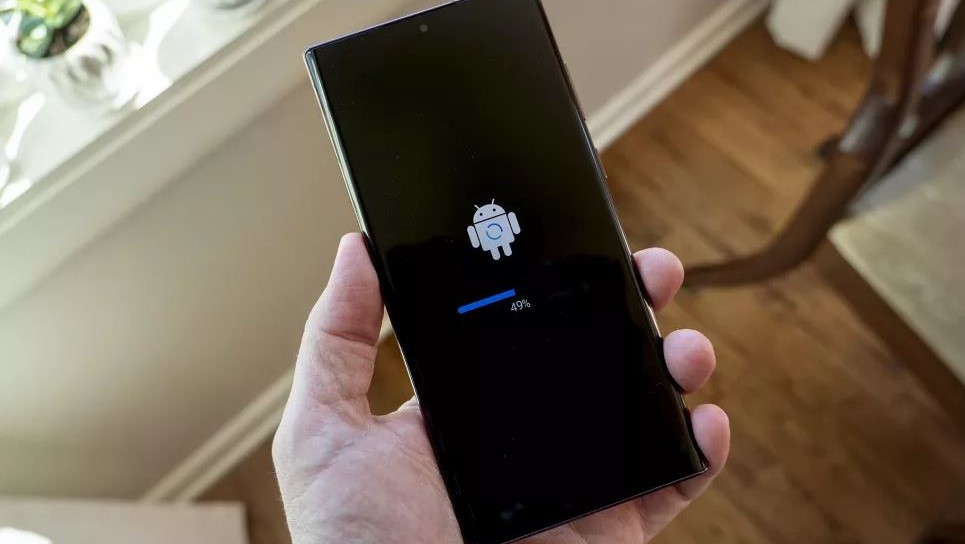
What you need to know
- Google may be removing support for non-A/B updates.
- This would mean seamless updates are the only officially supported OTA update method.
- Some device makers may still seek to use conventional updates.
Seamless updates (also known as A/B updates) have been a feature on Android devices since 2016, but while the convenience of this over-the-air (OTA) update method comes with several advantages, not all device manufacturers have been keen to adopt it. Now, reports are suggesting that Google is preparing to remove support for non-A/B updates, meaning it will likely come to more devices.
As noted by Android expert Mishaal Rahman, a comment in AOSP points to the removal of support for non-A/B updates. If true, this would mean seamless updates would become the only officially supported OTA update mechanism.
Google is preparing to fully remove support for non-A/B updates from Android, leaving A/B updates as the only officially supported OTA update mechanism moving forward.However, this won't stop certain device makers from continuing to use non-A/B as they can either use their own… pic.twitter.com/gmSjNzCk50February 21, 2024
The majority of device manufacturers have already switched over to seamless updates. But Samsung, one of the biggest smartphone brands in the world, has so far refused to move away from traditional updates. And now, even with the possibility of support for non-A/B updates being removed, Samsung may continue avoiding this method of updating its devices, as noted by Rahman.
Seamless updates allow Android phones to receive system upgrades while still being able to use the phone. An active partition runs in the background, and the updates are applied to an inactive partition. When prompted to restart the device, the phone switches to the new, fully updated partition.
With the traditional method, users are obliged to wait for the update to complete while being unable to use their phone in the meantime. On the other hand, this method is often faster to complete and tends to use less storage space, although Google has recently managed to speed up seamless updates. In theory, By removing support for the traditional method, Google could push Samsung (and others) to start using seamless updates.
However, as Rahman explains, device makers could continue to create their own update systems to work around this or “just revert Google’s changes.” Google had previously considered mandating the use of seamless updates as far back as Android 11 and again with Android 13 before deciding against it. Years later, Samsung continues to hold out against seamless updates. Whether it can continue to do so remains to be seen.







